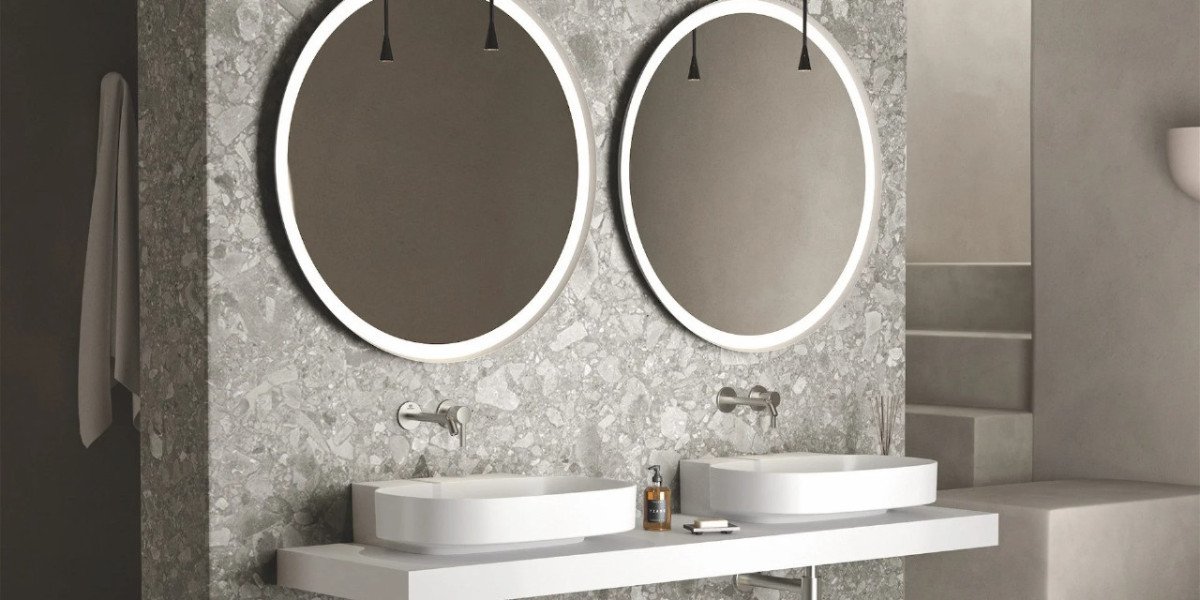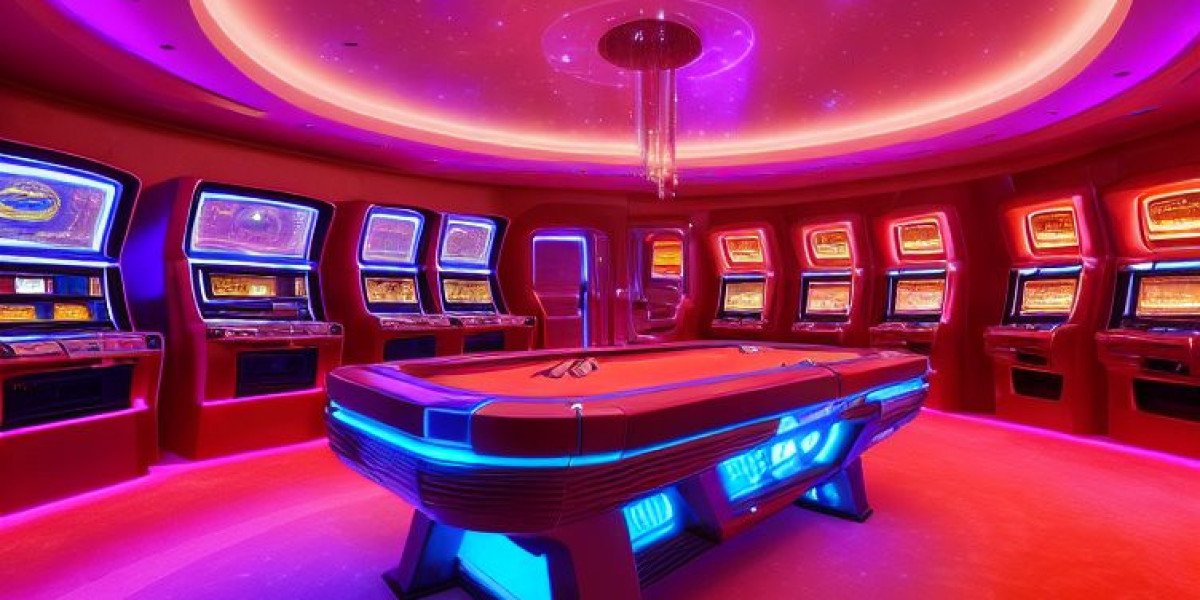The selection of sanitary items for a bathroom is a crucial decision that impacts not only the aesthetics of the space but also its longevity, hygiene, and maintenance requirements. While design trends come and go, the fundamental materials from which these fixtures are crafted remain the primary factor determining their performance. From the classic appeal of vitreous china to the sleek modernity of solid surfaces, understanding the properties of each material is key to making an informed choice for your home. This article delves into the most common materials used in the manufacture of contemporary sanitary items, providing a clear comparison to guide your next renovation or building project.
The Enduring Reign of Vitreous China
Vitreous china is, without a doubt, the most traditional and widely used material for bathroom fixtures across the globe. Its popularity is rooted in a proven combination of durability, cost-effectiveness, and a non-porous surface.
The manufacturing process involves firing a clay body at an extremely high temperature (around 1200°C or 2200°F). During this firing, a glossy glaze is fused to the clay, creating a glass-like, impervious surface. This vitrification process is what gives the material its name and its most valuable properties. The non-porous nature means it does not absorb water, preventing cracking from freeze-thaw cycles and, more importantly, making it highly resistant to stains and bacterial growth. This makes it exceptionally easy to clean and hygienic, a critical factor for any bathroom fixture.
Vitreous china is incredibly versatile and is the standard material for the most common wc commode designs, as well as bidets and many popular styles of washbasin. Its ability to be molded into complex shapes allows for a vast array of designs, from ornate traditional pieces to the crisp, clean lines of modern minimalist suites. Whether you are considering a close-coupled toilet or exploring the space-saving benefits of modern wall-hung toilet options, they will almost certainly be crafted from vitreous china. Its classic white finish remains a favourite, though technological advancements now allow for a wide spectrum of colours and even patterned designs.
The Strength and Elegance of Porcelain
Often used interchangeably with vitreous china, porcelain is a close relative but is typically made from a more refined clay and fired at even higher temperatures. The result is a material that is even denser, stronger, and more chip-resistant than standard vitreous china.
This superior strength makes it an ideal choice for applications where durability is paramount. For instance, a wall hung commode relies entirely on its internal structural integrity and a strong mounting frame to support the weight of a user. Porcelain, with its higher density, provides that extra margin of strength and confidence. Similarly, high-traffic commercial bathrooms often specify porcelain fixtures for their ability to withstand heavy use over many years. Like vitreous china, it boasts a perfectly non-porous surface, offering the same excellent hygiene and ease of cleaning. The main trade-off is that porcelain fixtures can be more expensive due to the more intensive manufacturing process.
The Modern Allure of Ceramic
In the context of bathroom fixtures, "ceramic" is often a broader term that can encompass both vitreous china and porcelain. However, it is also used to describe a type of fired clay that is less dense than its counterparts. These fixtures are typically fired at lower temperatures and are more porous unless sealed with a very effective glaze.
While less common for core fixtures like toilets due to durability concerns, ceramic is a popular and cost-effective material for many bathroom accessories and decorative items. Think of soap dishes, toothbrush holders, and smaller decorative basins where the structural demands are lower. The key with ceramic is to ensure the glaze is high-quality and flawless; any imperfection can lead to water absorption, staining, and eventually, damage.
The Innovative World of Solid Surface Materials
For those seeking a truly seamless and contemporary look, solid surface materials like Corian or engineered quartz composites represent the cutting edge of bathroom design. These materials are made from a blend of acrylic polymers and natural minerals, resulting in a non-porous, homogeneous product.
The most significant advantage of solid surface is its ability to be seamlessly joined. This allows for the creation of stunning vanity sink designs where the basin is molded and integrated into the countertop with no visible seams or joints. This eliminates dirt traps and creates a breathtaking, fluid aesthetic that is incredibly easy to maintain. It is highly resistant to stains, mild acids, and impacts, and any minor scratches can be easily sanded out. While traditionally associated with kitchen countertops, its use in high-end, modern bathrooms is growing rapidly for vanities, shower trays, and even integrated wall panels. It offers a unique aesthetic that ceramics cannot replicate.
The Luxury of Natural Stone
For a touch of unparalleled luxury and natural beauty, stone such as marble, granite, or travertine is sometimes used for basins and vanity tops. Each piece is unique, with its own veining and colouration, offering a one-of-a-kind focal point in a bathroom.
However, this luxury comes with significant practical considerations. Stone is a porous material and must be meticulously sealed upon installation and re-sealed periodically to prevent water ingress, staining, and bacterial growth. It is also susceptible to etching from acidic substances like citrus juices or harsh cleaning chemicals. Natural stone requires a commitment to careful and specific maintenance to preserve its appearance, making it less ideal for families or high-use bathrooms despite its stunning visual impact.
Practical Metals and Engineered Composites
Beyond the primary fixtures, other materials play crucial supporting roles. Stainless steel is a common sight in the form of the muslim shower (or hand shower sprayer), faucets, and drain assemblies due to its excellent corrosion resistance and strength. For a warmer aesthetic, brass is often used for tapware, typically with a protective chrome, nickel, or PVD coating.
For shower trays and bathtubs, acrylic is a very popular choice. It is lightweight, warm to the touch, and available in countless shapes and sizes. Its main drawback is that it can be scratched relatively easily. As an alternative, cultured marble—a blend of crushed marble dust and polyester resins—offers a more stone-like appearance at a lower cost than real stone, though it can be prone to cracking and yellowing over time.
Making the Right Choice for Your Complete Bathroom Sanitary Set
Selecting the right material is a balance of budget, desired aesthetic, lifestyle, and maintenance willingness. For most homeowners, vitreous china and porcelain offer the best all-round combination of hygiene, durability, and value, forming the reliable core of any complete bathroom sanitary set. For those desiring a bold, modern, and seamless look, investing in solid surface materials for vanities and surfaces can create a stunning effect. Natural stone remains the choice for those who prioritise unique beauty and are prepared for its demanding upkeep. By understanding the inherent qualities of these materials, you can curate a bathroom that is not only beautiful but also functional and enduring for years to come.








